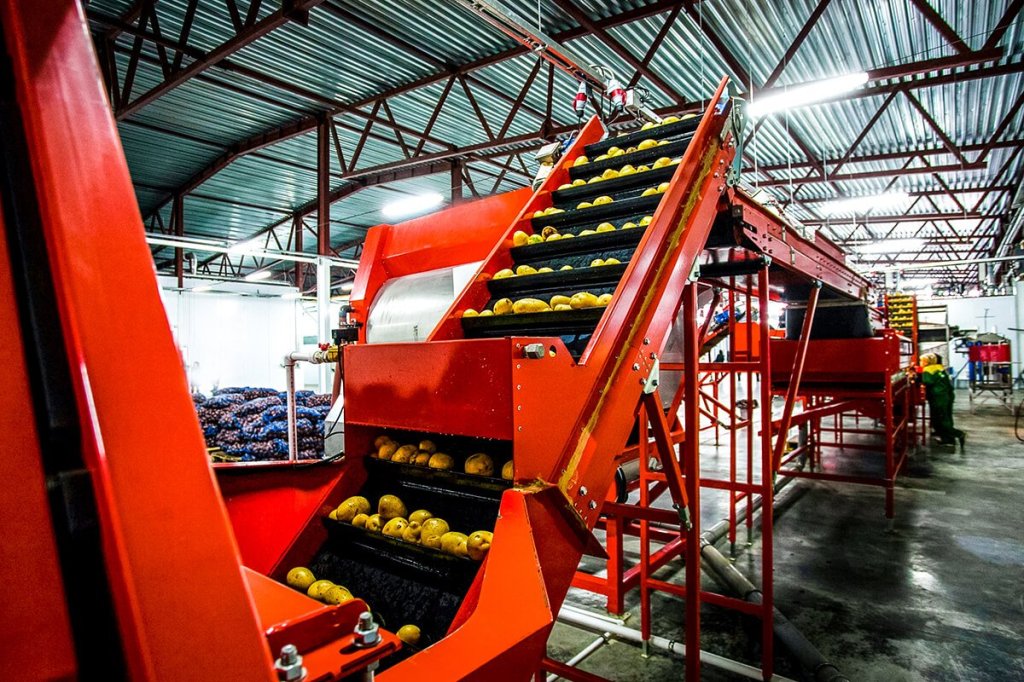Food Processing Plants: Unveiling the Hidden World of Industrial Culinary
Introduction:
In a world where convenience and efficiency dominate our daily lives, we often take for granted the processes that bring food from farm to table. Behind the scenes, hidden within nondescript buildings in bustling cities, lie the fascinating and complex world of food processing plants. These industrial marvels are at the heart of our modern food system, transforming raw ingredients into packaged goods that line supermarket shelves. Today, we will embark on an urban exploration journey to unveil these mysterious establishments and shed light on their significance.
1. The Inner Workings:
Food processing plants are vast facilities designed to handle large quantities of raw materials and transform them into consumer-ready products. Upon entering one such plant, you’ll be greeted by a symphony of machinery humming with activity. Conveyor belts transport ingredients through various stages of processing like washing, peeling, cutting, cooking, blending, and packaging.
2. Quality Control:
Ensuring safety and maintaining high-quality standards is paramount in food processing plants. Stringent hygiene practices are adopted throughout every step to prevent contamination or spoilage. From metal detectors that catch foreign objects to temperature-controlled storage areas for perishable items – these measures ensure consumers receive safe products.
3. Preservation Techniques:
Preserving freshness while extending shelf life is achieved through innovative techniques employed in food processing plants. Canning is one such method used extensively where foods are sealed in cans or jars after being heated under high pressure to kill bacteria or other microorganisms present. Freezing is another common technique employed for preserving fruits, vegetables, meat products, and ready-to-eat meals.
4. Automation Revolution:
Technology has revolutionized food processing plants over time with automation playing a key role in enhancing productivity and reducing human labor requirements.
Robotic arms tirelessly perform repetitive tasks such as sorting produce based on size or color before it enters further stages of production.
Automated systems monitor and control various parameters like temperature, pressure, and humidity to ensure optimal conditions for food processing.
5. Diversity of Products:
Food processing plants cater to a wide range of products that span almost every category imaginable. From breakfast cereals to canned soups, frozen pizzas to pre-packaged salads – these facilities are responsible for transforming raw materials into convenient and accessible meals that meet the demands of our fast-paced lives.
6. Sustainable Practices:
As society becomes increasingly conscious about environmental impact, food processing plants have also embraced sustainable practices in their operations.
Efforts are made to reduce water usage through recycling systems or implementing more efficient cleaning processes.
Waste management programs focus on reducing food waste by repurposing leftovers as animal feed or converting them into biogas through anaerobic digestion.
7. Employment Opportunities:
Food processing plants provide crucial employment opportunities within their communities. These establishments require a diverse workforce ranging from engineers and technicians who maintain machinery, quality control personnel overseeing safety protocols, administrative staff managing logistics, and skilled workers involved in various stages of production.
8. Challenges Faced:
Operating a food processing plant is not without its challenges. Meeting ever-evolving regulatory requirements while adapting to changing consumer preferences can be demanding.
Ensuring the affordability of processed foods without compromising quality remains an ongoing concern.
Additionally, maintaining relationships with suppliers and managing inventory levels amidst fluctuating market demands pose additional obstacles.
Conclusion:
Food processing plants often remain hidden from public view despite their vital role in our daily lives. These industrial marvels transform raw ingredients into packaged goods that nourish us conveniently. Exploring these facilities unveils a world filled with technological advancements aimed at preserving freshness while meeting increasing demands sustainably. By shedding light on these hidden gems within our cities, we gain a deeper appreciation for the intricate processes behind the food we consume every day

Leave a comment